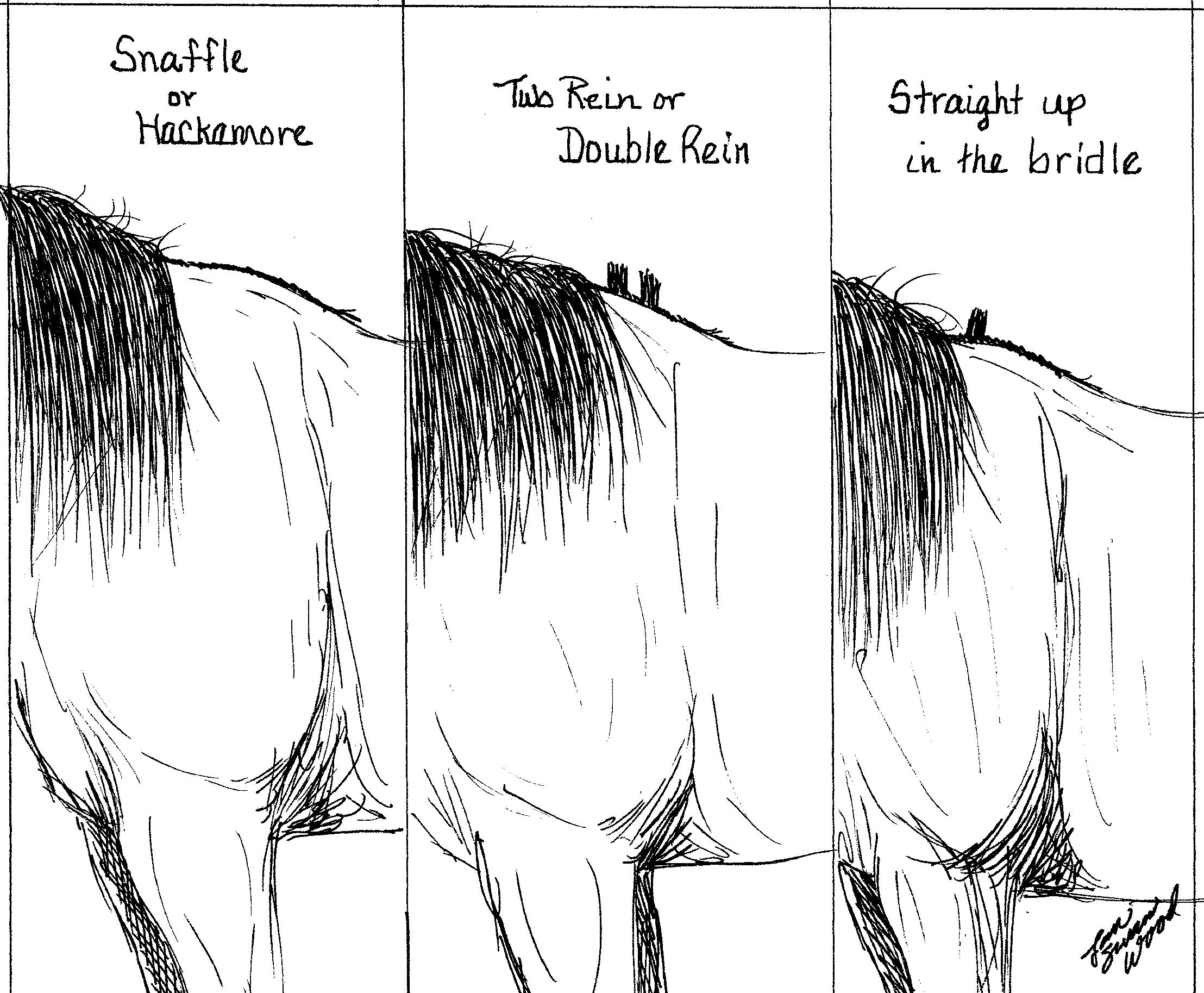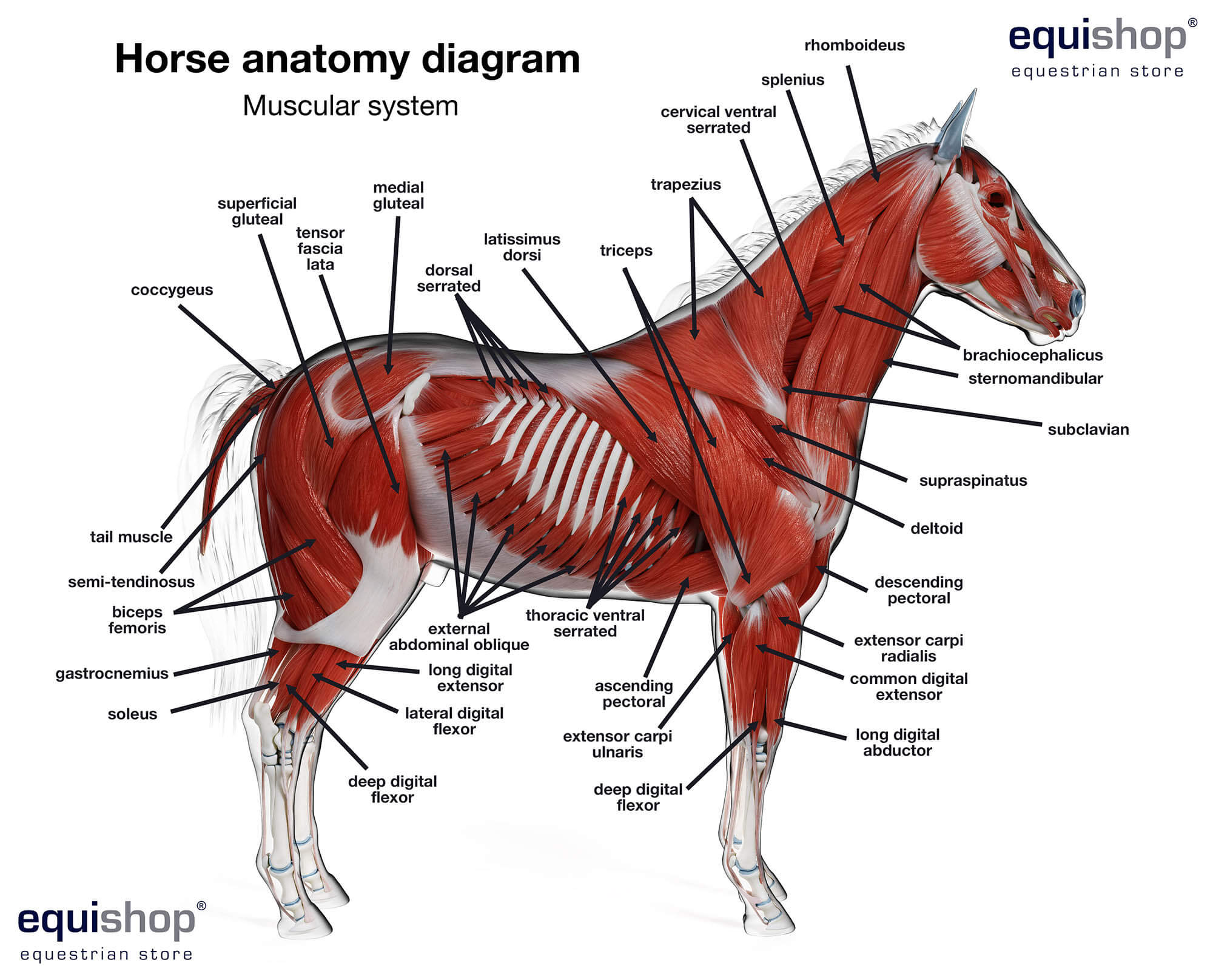Horses are magnificent creatures that have been domesticated and bred for various purposes for centuries. They are known for their strength, beauty, and grace, and have been used for transportation, agriculture, sports, and companionship. However, like all animals, horses are susceptible to various health issues and ailments, one of which is a wither. In this article, we will explore what a wither is, its causes, symptoms, treatment, and prevention, to help horse owners and enthusiasts better understand and care for their equine companions.
What Is A Wither on a Horse?

The withers are the highest point of a horse’s back, located at the base of the neck between the shoulder blades. It is an area where the neck and back meet and is an important anatomical feature in riding and handling horses. The withers serve as an anchor point for the horse’s saddle and provide support for the rider. However, when we refer to a “wither” in the context of a horse’s health, it typically means a sore, injury, or swelling in the wither area.
Causes of Wither Issues
Several factors can contribute to wither issues in horses. One common cause is ill-fitting or poorly designed saddles. A saddle that doesn’t fit properly can cause friction, pressure, and rubbing on the withers, leading to sores, bruising, and inflammation. Additionally, excessive or prolonged pressure from poorly distributed rider weight or a heavy load can also lead to wither problems. Other causes may include trauma from accidents, falls, or collisions, as well as skin infections, allergic reactions, or underlying musculoskeletal issues.
Symptoms of Wither Problems
Identifying wither issues in horses is crucial for prompt treatment and prevention of further discomfort. Symptoms of wither problems may include visible sores, swelling, or lumps in the wither area, reluctance or resistance to being saddled or ridden, behavioral changes such as increased irritability or aggression, sensitivity to touch or pressure on the withers, and changes in posture or movement. It’s important for horse owners and handlers to regularly inspect and palpate the withers for any signs of discomfort or abnormalities.
Treatment of Wither Conditions
The treatment of wither conditions depends on the underlying cause and severity of the issue. If the problem is related to saddle fit or pressure, addressing the root cause by adjusting the saddle, using padding or shims, or seeking professional saddle fitting services is crucial. In cases of sores, wounds, or skin infections, proper wound care, cleaning, and application of topical treatments or dressings may be necessary. For more severe or chronic wither issues, consulting with a veterinarian or equine chiropractor for specialized care, therapeutic interventions, or rehabilitation exercises may be required.
Prevention of Wither Problems
Preventing wither problems in horses involves several proactive measures. Ensuring proper saddle fit and using well-padded, well-distributed saddles is essential to minimize pressure and friction on the withers. Regularly checking and maintaining the condition of the horse’s tack, including saddle pads, girths, and blankets, can help prevent unnecessary discomfort. Proper grooming, hygiene, and skin care practices can also contribute to preventing skin infections and allergic reactions that may affect the withers. Additionally, maintaining a balanced and healthy diet, regular exercise, and musculoskeletal health can support the overall well-being of the horse and reduce the risk of wither issues.
Curious about all things horse-related, including headstalls, geldings, and cobs? Explore our articles on headstalls for horses, gelding horses, and cob horses to delve deeper into the equestrian world!
Conclusion

In conclusion, wither issues in horses can significantly impact their comfort, performance, and overall health. Understanding the causes, symptoms, treatment, and prevention of wither problems is vital for horse owners, riders, and handlers. By paying close attention to saddle fit, tack maintenance, grooming, and overall horse care, individuals can help mitigate the risk of wither issues and promote the well-being of their equine companions. Additionally, seeking professional guidance from veterinarians, saddle fitters, and other equine experts can provide valuable support in addressing and managing wither conditions. Ultimately, a proactive and attentive approach to wither health can contribute to the overall welfare and happiness of horses in our care.



